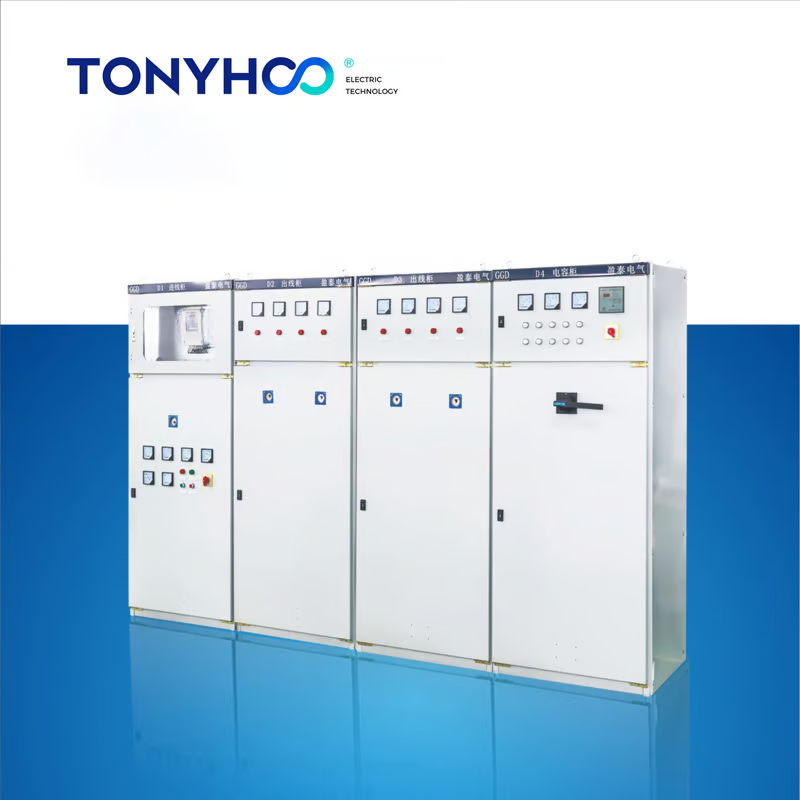Low-voltage switchgear is a crucial component of electrical distribution systems. It helps control, protect, and isolate electrical equipment to ensure reliable power distribution to various devices. Typically operating at voltages below 1,000 volts, low-voltage switchgear plays a vital role in ensuring the safety and efficiency of electrical systems.
The Importance of Low-Voltage Switchgear
The primary function of low-voltage switchgear is to safeguard electrical equipment from overloads, short circuits, and other electrical faults. By isolating faulty circuits and redirecting power, switchgear helps prevent costly damages, downtime, and potential hazards. This makes it an indispensable tool for maintaining the integrity of electrical installations.
Types of Low-Voltage Switchgear
There are several types of low-voltage switchgear available, including air-insulated, gas-insulated, and solid-insulated switchgear. Each type has its advantages and is suitable for different applications based on factors such as space availability, maintenance requirements, and environmental considerations.
Components of Low-Voltage Switchgear
Low-voltage switchgear typically consists of circuit breakers, fuses, relays, contactors, and other control devices. These components work together to monitor and manage the flow of electricity, ensuring safe and efficient operation of electrical systems. Regular inspection and maintenance of these components are essential to ensure optimal performance.
Applications of Low-Voltage Switchgear
Low-voltage switchgear finds widespread use in various industries, including manufacturing, commercial buildings, data centers, and renewable energy plants. It is essential for controlling and distributing power to different loads, protecting equipment from electrical faults, and ensuring uninterrupted operation of critical systems.
Benefits of Low-Voltage Switchgear
The use of low-voltage switchgear offers numerous benefits, including enhanced safety, improved reliability, reduced maintenance costs, and increased operational efficiency. By effectively managing electrical loads and mitigating potential risks, switchgear helps organizations optimize their power distribution systems.
Installation and Maintenance Considerations
Proper installation and regular maintenance of low-voltage switchgear are crucial for ensuring its long-term performance and reliability. Qualified professionals should handle the installation process, following manufacturer guidelines and industry standards. Additionally, routine inspections and testing are essential to detect any issues early and prevent equipment failures.
Challenges in Low-Voltage Switchgear Design
Designing low-voltage switchgear systems that meet the evolving requirements of modern electrical installations can be challenging. Factors such as space constraints, scalability, integration with advanced technologies, and compliance with safety regulations must be carefully considered to deliver efficient and reliable solutions.
Future Trends in Low-Voltage Switchgear
Advancements in technology, such as digitalization, IoT integration, and smart grid developments, are shaping the future of low-voltage switchgear. These trends are driving the adoption of more intelligent and interconnected switchgear solutions that offer enhanced monitoring, control, and predictive maintenance capabilities.
Choosing the Right Low-Voltage Switchgear
When selecting low-voltage switchgear for your application, it is essential to consider factors such as voltage rating, current capacity, protection features, environmental conditions, and overall system requirements. Consulting with experts and evaluating different options will help you choose the most suitable switchgear for your specific needs.
Quote Inquiry
Contact us!

